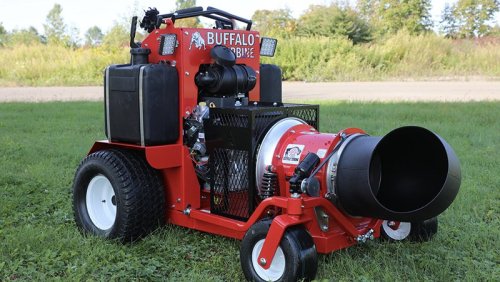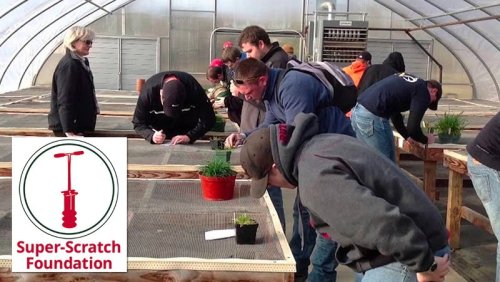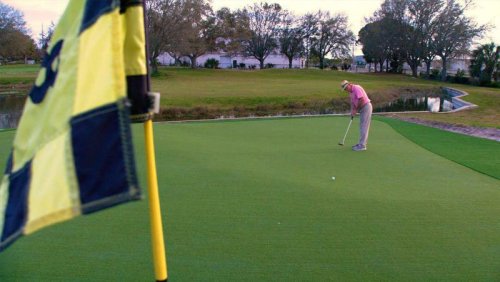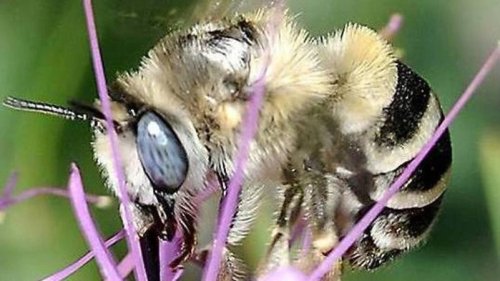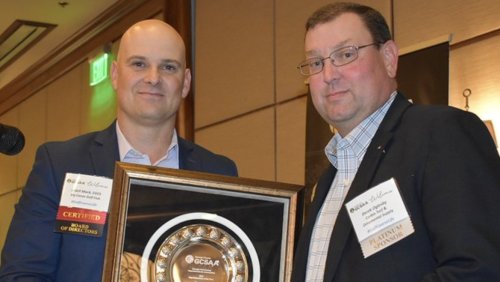

There also are concerns with AI, and that the prospect of increased efficiency and the allure of bloated bottom lines in free market economies could result in decision makers siding with profit over people..
In recent months, AI has been the target of Hollywood celebrities and recording artists claiming their work has been pirated without consent, and we've seen it in driverless cars. Just how AI will affect global employment markets and economies is not yet clear, but what is known is that machines that can do the jobs of people is a technology that is growing rapidly and will only move ahead faster
According to a report by Goldman Sachs, AI could eventually shift as many as 300 million jobs to automation. Conversely, AI continues to create jobs, particularly in the tech sector.
Golf turf maintenance is a business that in recent years has struggled to attract and retain staff and can potentially benefit immensely from AI. To that end, robotic mowers are slowly making their way into the market after first bursting onto the scene at the GCSAA conference in 2009 in New Orleans.
Although robotic mowers on greens have been, to say the least, slow to catch on, they are making inroads more rapidly in other capacities, including out-of-play and common areas. And they are showing up at classic-era golf courses, like East Lake in Atlanta, and the Meadow Club near San Francisco.
The growing popularity of robotic mowers was readily evident at last year's Equipment Exposition in Louisville, Kentucky, where numerous manufacturers displayed their wares. There promises to be several robotic mower manufacturers, including Kress, Husqvarna, Toro and many others, exhibiting at the upcoming GCSAA conference in Phoenix.
Longtime superintendent-turned consultant Matt Shaffer recently said he believes the labor situation in golf is at a near-catastrophic level and as such says AI could make deep inroads in golf in the next several years.
The labor model constructed over the past several decades now is sustainable, he says.
"Golf has gotten too specialized. When I first came up, most places didn't have all these assistants,” Shaffer said. "Now, everyone has two assistants, a spray tech, an irrigation tech and two mechanics.
"This has to change. The reality is this has to go robotic. There's no doubt about it.”
There are other areas where savings can be realized, and some of that already is occurring.
Frank Rossi, Ph.D., professor at Cornell University, believes AI will have more of an influence on how turf professionals work rather than replace them.
"Long range, ultimately because of technology there might be some aspects of the job that require less labor,” Rossi said. "My gut is that won't be more than one-third of the workforce.”
Those numbers lag just a bit behind economists' estimates that predict AI will affect as much as 40 percent of the overall global workforce by 2030.
Among the areas where Rossi believes AI can best serve golf is in irrigation and helping turf managers develop spray programs.
"Irrigation technology is likely the first place to start,” Rossi said. "That is at least as far as superintendents will let technology calculate their water needs.”
There already are programs available, like Greenkeeper and Syngenta's ChatGTP, to help turf managers develop spray programs.
Such platforms will only increase in performance and efficiency over time as technology improves and more data are collected from more users.
"It's all about interpreting what the machine puts out,” Rossi said. "I am seeing some research now that because more people are putting dumb (expletive) on the Internet, AI is getting dumber, not smarter.”
As advancements continue over time, so will adoption of AI technology by superintendents.
"We need a generational shift to occur,” says Rossi. "There are too many people too uncomfortable with how technology has become part of their day-to-day lives. Once digital natives, those who grew up on this stuff, come into leadership positions, you'll see that it will happen really quickly.”
- Read more...
- 2,916 views


